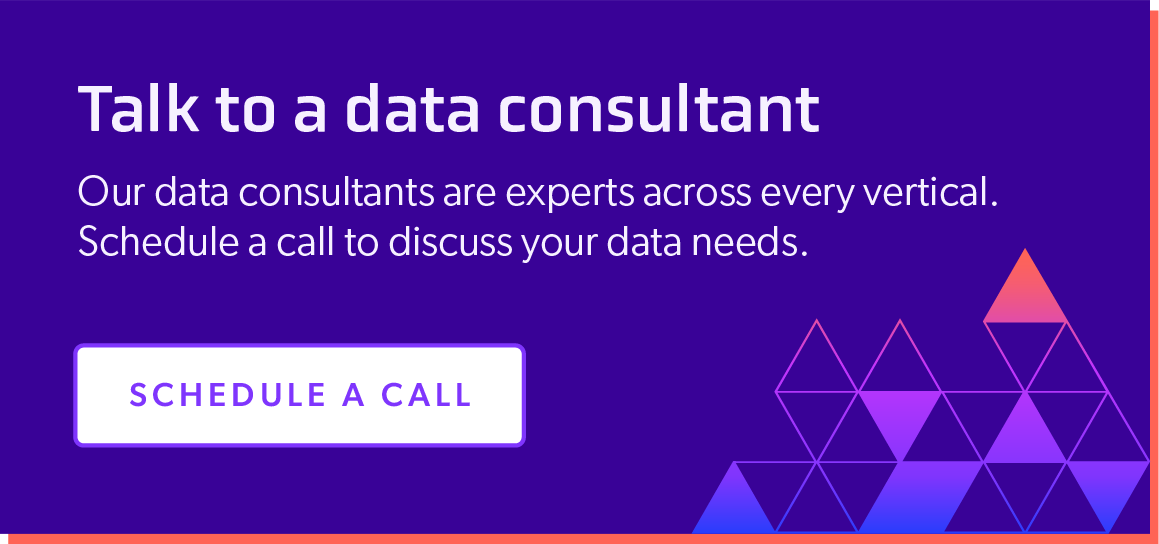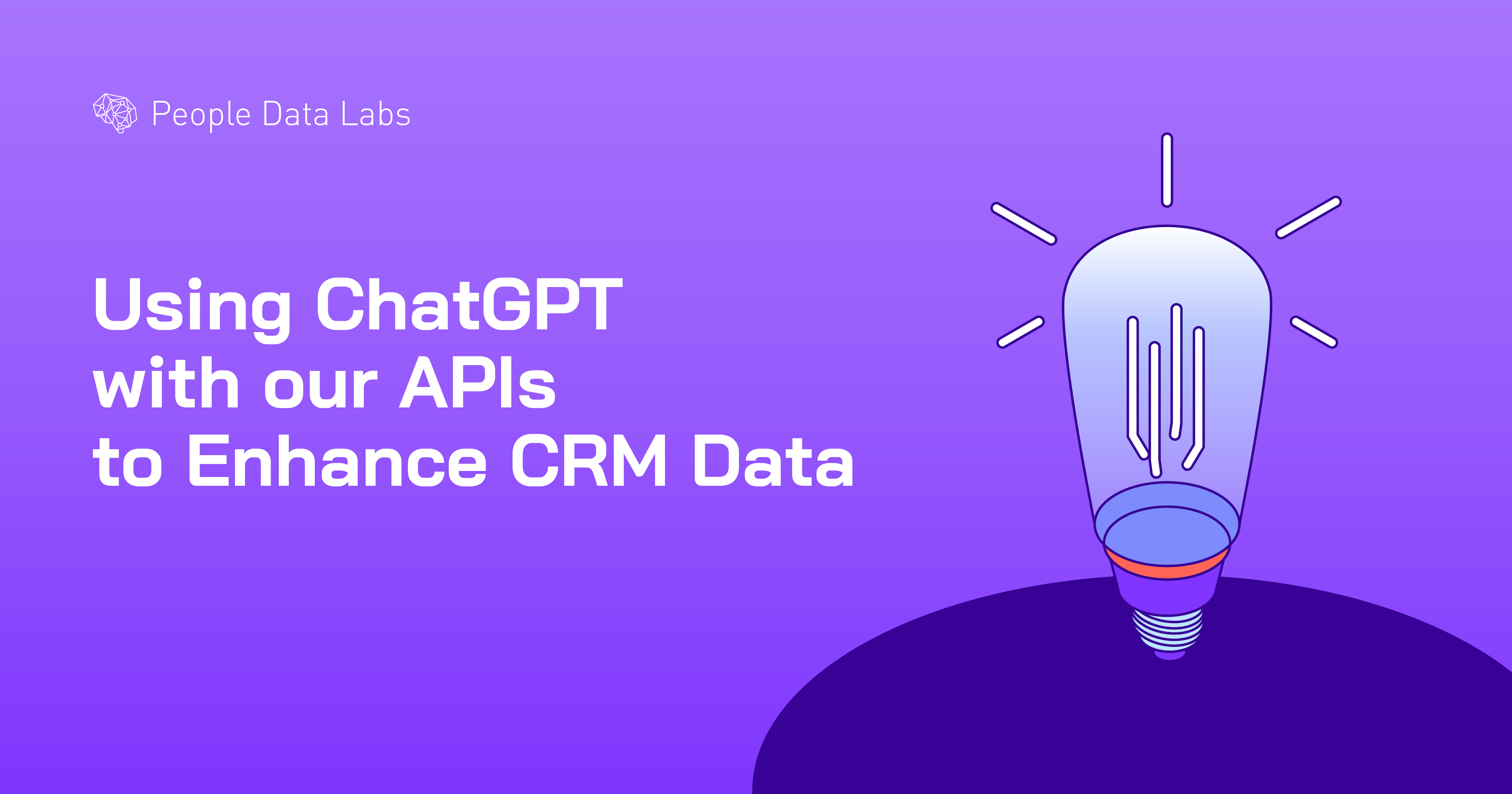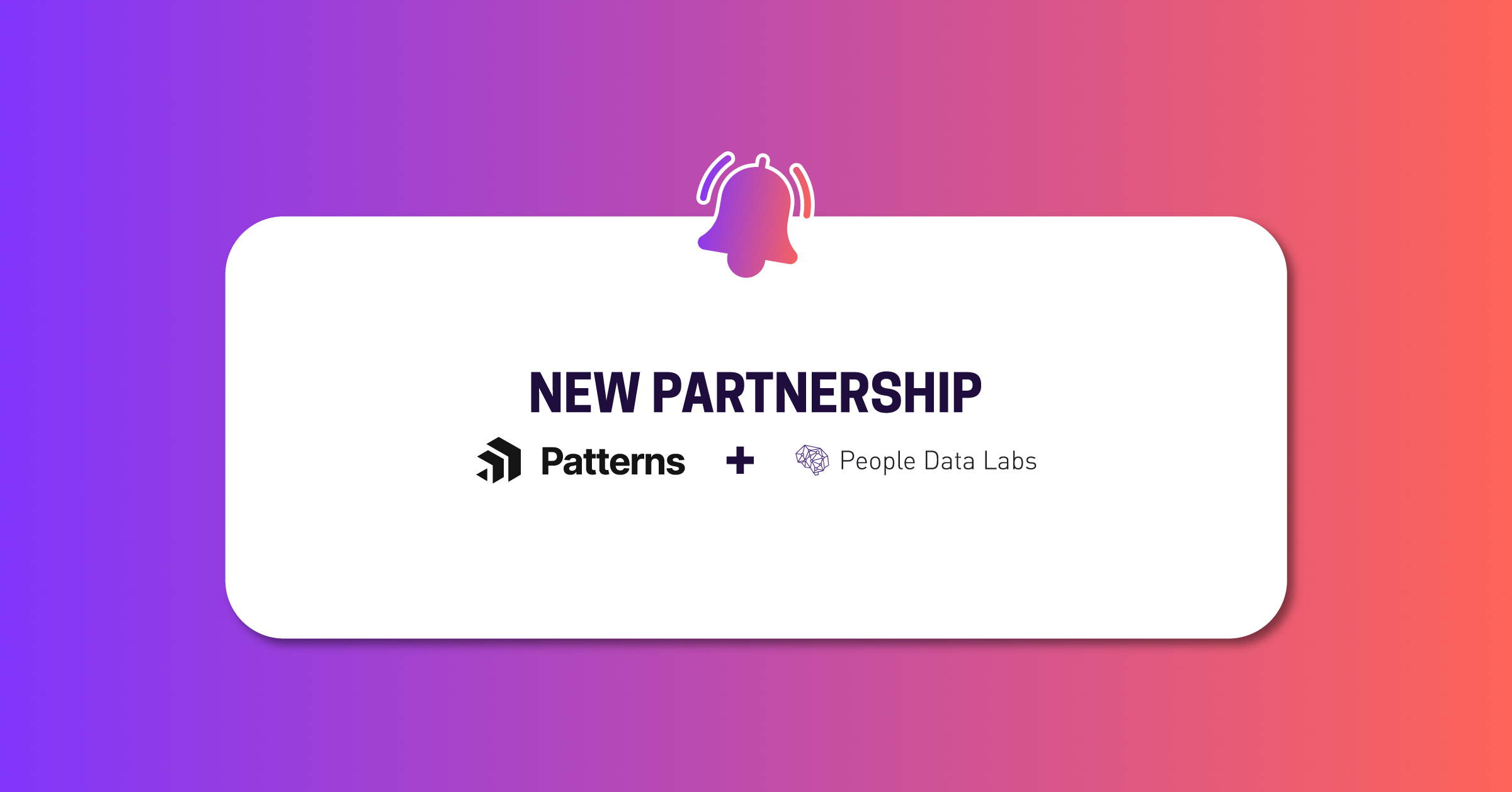What Is Customer Acquisition Cost?
June 18, 2021
Table Of Contents
Digital advertising spend is projected to reach $645.8 billion globally by 2024 - with digital ad spend up by 12.2 percent despite the pandemic. This means that companies have never been more focused on expanding their customer base.
It’s common knowledge that customers are the lifeblood of any business - no clients, no money, no business.
But, how can companies accurately determine whether or not their sales and marketing efforts are effective? This is where business metrics come into play by drawing a clear, data-driven picture to guide their decision-making.
In this article, we’ll talk about customer acquisition cost, one of the key metrics every business needs to understand to maximize their resources and secure long-term success and sustainable growth.
What Is Customer Acquisition Cost and How Do You Calculate it?
Customer acquisition cost, or CAC, is the average cost of getting a new customer after you account for all of the sales and marketing expenses attributed to the acquisition process, including the people, equipment, property, and tools used to attract and convert a prospect.
CAC is calculated by dividing the amount of money spent on customer acquisition over a given period of time against the actual number of customers gained over that same period.
CAC = $ spent on customer acquisition / # customers gained
The lower the CAC, the more effective your sales and marketing campaigns are - and the higher the ROI.
Here are the expenses that are factored in when it comes to calculating CAC:
Labor costs: the salaries of the people on the sales and marketing teams - including commissions for salespeople - as well as any freelancers or contractors brought on board.
Overhead: all of the expenses related to keeping your marketing and sales operations running, be it rent, equipment, or tools.
Paid marketing: any costs related to promoting your product or service to your target customer base.
Let’s take a look at the reasons why companies tend to track their CAC so diligently, and why you should follow suit.
Why is CAC Important?
90 percent of startups fail. Running out of cash is attributed to 29 percent of those failures, and is the second-most-cited reason why only 25 percent of businesses last more than 15 years.
So, how can CAC help you avoid becoming a statistic?
CAC is an indicator that gauges the overall health of your sales and marketing pipeline: If your customer acquisition costs are higher than the revenue generated from new clients, you will eventually go out of business.
CAC evaluates hard, measurable outcomes, which helps improve short, mid, and long-term planning by facilitating better informed, data-driven decisions. From prioritizing the best-performing customer acquisition channels to optimizing marketing and sales budgets, you need to understand your CAC to scale your business efficiently.
Example of Customer Acquisition Cost
Let’s take a look at an example of how CAC can provide insights into the effectiveness of your customer acquisition strategy.
Imagine owning an e-commerce store that sells bath and beauty products.
During the last year, you spent $10,000 on all of your marketing, advertising, and sales expenses. Throughout this time, you acquired 500 new customers.
From this basic calculation, you would have a CAC of $20.
CAC = $10,000 / 500 = $20
In and of itself, this number doesn’t tell you the whole story.
But, when you take into account customer lifetime value (CLV), the metric that shows the total amount of money a customer is worth over their lifetime, this is where things become much clearer, enabling you to make data-driven decisions.
Let’s say that the average CLV is $15. That means our fictitious company was losing $5 with each new customer they acquired, which is a clear indication that the current sales and marketing strategy is ultimately ineffective.
How to Evaluate CAC
A CLV:CAC ratio helps businesses measure the impact sales and marketing efforts are having from an ROI perspective.
As a rule of thumb, an ideal CLV:CAC ratio is 3:1 which indicates that your company is building value.
When the ratio is 1:1 or less, you are losing money with each new customer that you convince to buy your product or service. This may work to scale quickly, but will obviously have negative results, long-term.
On the other hand, if the ratio is 5:1 and higher, you’re spending too little and opening yourself up to competition that may, at any point, identify the target customer base with a promise of a high CLV and try to lure them away from you by offering more value.
How to Optimize CAC
No matter what the formula is applied to, there are essentially two ways you can go about optimizing your CAC: lowering expenses or increasing the number of acquired customers (aka improving the conversion rate).
As far as scaling back on the expenses, here are a few things to consider to help you get started:
Eliminate ineffective channels: 40 percent of all media spend is wasted. To avoid that, set up web analytics tools like Google Analytics to measure the performance of your ad campaigns and sources of traffic. Once you have some hard data to work with, focus on the best-performing channels and campaigns.
Set up cross-channel remarketing: Remarketing is one of the most effective activities for converting warm prospects. In fact, your potential customers are 70 percent more likely to convert with retargeting, positively affecting your CAC.
Improve your marketing and sales operations: Whenever possible, streamline and automate your sales and marketing processes using tools like Hubspot, Process Street, and other automation tools to reduce the resources allocated to repetitive, manual work done by your sales and marketing team.
Use data: If your sales and marketing teams act based on inaccurate data, that greatly reduces the effectiveness of your customer acquisition across the board, leading to a higher CAC. Our Enrichment API and Search API allows you to get a more comprehensive picture of your target audience, prospects, and leads, helping you boost the conversion rates through the roof.
To maximize the CRO for your sales and marketing efforts, here's some strategies that have been proven to be impactful:
Invest heavily in conversion rate optimization: Ensure your website is fully optimized for conversions. This entails a whole host of measures to improve the overall performance of your website: A/B testing of your landing pages, contact forms, shopping carts, and checkouts, optimizing the UX of your pages to retain users on your website, boosting the performance on mobile devices, optimizing site speed - the list goes on and on.
Double down on content marketing: Companies that actively blog generate 67 percent more leads than those that don’t. And 47 percent of buyers read three to five pieces of content before reaching out to a sales representative. For those reasons, creating top, middle, and bottom of the funnel content designed to push your potential clients towards making a purchase is a great way to increase the number of customers you generate, and lower your CAC.
Focus on increasing customer lifetime value: As a customer-first business, your top priority should always be maximizing the amount of value you can deliver to your clients. If you continue to add more value, this also means you can capture more revenue from every customer over their lifetime. This can include offering upsells, additional service packages, or providing stellar customer service to reduce churn.
As you can see, streamlining CAC is an art form on its own with plenty of opportunities for improvement.
Unleash the Power of Data to Reduce Your CAC
Savvy companies know that data is critical to reducing their CAC as it prevents sales and marketing teams from chasing after target prospects and audiences with little to no intent to buy.
At People Data Labs, we provide companies with high-quality data to boost the results they get from their customer acquisition strategy - and reduce their CAC across the board.
If you want to take your business to new heights with great data, contact us today.
Like what you read? Scroll down and subscribe to our newsletter to receive monthly updates with our latest content.




